Finance Minister Miftah Ismail thinks he’s got a great scheme to control the depreciating rupee and bridge the current account deficit – frugality while spending to live within our means.
It sounds great on paper, austerity to show the government is ready to take tough economic decisions to help the economy get on track. Even if this means you’ll have to forgo your expensive doritos, fancy makeup and perfume, and maybe just maybe tea! Okay, before you start to panic, there is no ban on tea… yet.
Can countries go beyond their means?
Budgeting expenses at home is not easy, imagine what it’s like for countries! However, it is easier to stay within your means when you know you have no option but to stay in your means. That means, if you know you can’t get a loan from a friend or bank, you can’t overdraw your account, pay the minimum on your credit card, or just borrow from family or friends with no intention of paying them back; you spend only as much as you can afford to. In case you spend more, debt collectors get ugly.
Countries, however, are not like that. They don’t have to necessarily live within their means. They can run a deficit on their current account and balance of trade. What this means is that a country can import far more than what it earns from exports and remittances.
Are our imports really that luxurious?
There’s a lot in the media about import curtailment, curbing the import of luxury products, and choosing local products instead of “luxury”. To look at the import compensation and the breakup, we’ve taken import payments by all commodities released by the State Bank of Pakistan (SBP) for the period of July to June in FY 22.
If we look at Pakistan’s import composition based on SBP yearly statistics, we can see that 29.46% of all imports are mineral products; 20.19% alone are mineral fuels, oils, and their distillation products. This is basically petrol and diesel that we import. There is no real local alternative to this until the car that runs on water or the engine that runs on sugar takes over. Pakistan has to buy fuel.
Another major component of our import bill is made up of machinery and mechanical appliances. This accounts for 13.04%, another component that cannot be ignored. You cannot simply expect the local industry to start producing its own machinery and appliances out of the blue. This import substitution takes years of setting up, transferring knowledge, and reaching scale.
5.33% of all import payments are made to pay for a vegetable product which includes edible vegetables, fruits and nuts, spices, cereal, products of the milling industry, oil seeds, and vegetable planting materials. Animal or vegetable fat makes up 4.89% of all imports.
7.99% of imports are under the textile and textile articles category. This primarily consists of cotton making 4.09% of the total imports. Silk makes up 0.01% whereas special woven fabrics like tufted textile fabrics and laces make 0.16%.
The country also imports a significant amount of base metals and articles, primarily iron and steel. These are key components for the local industries.
Cars make up 4.23%, however, that is because the import of reconditioned cars has gone down. Despite that, components for the local automobile industry such as steel, rubber, etc make its way into the import mix.
Contrary to popular belief and the way supermarkets are stocked in high end neighborhoods, Pakistan doesn’t necessarily import an obscene amount of luxury items. Sugars and sugar confectionery make up 0.33%; while cocoa and cocoa preparation makes up 0.07%.
Looking at the variety at supermarkets across town, you’d be thinking we import lots and lots of beverages and spirits. However, beverages, spirits and vinegar make up around 0.01%. Cumulatively, prepared foodstuff makes up just under 1% of the country’s imports.
Similarly, toys, games and sport equipment makes up 0.06%, furniture bedding, mattresses, lamps and lighting make up 0.16%, watches and clocks are 0.03%.
So can we really live within our means?
After looking at the import composition, it seems like there is very little room for being frugal. However, with current outflow controls such as slow processing of letters of credit, closing down of open accounts for trade, and earlier restrictions on imported goods; one does wonder how bad the situation is.
However, this is not the first time a finance minister or a politician has given a statement to play to the crowd. Regardless, economic principles state that when prices of goods go high, their demand goes down, with the rupee in freefall, people are adjusting their shopping preferences accordingly. Some local brands have also upped their game and product offerings to step in the gap in the market.
Another pertinent question that pops up is the emergence of gray markets when things are banned or curtailed. Khepiye, smuggling, and grey markets are all a by-product of bans.
In the end to answer the question, Pakistan’s means are certainly not enough to live within. With the current flood and the aftermath to deal with at hand, it only makes sense for imports to rise and maybe exports to decline. This means, Pakistan can definitely not live within its means; at least not for now.



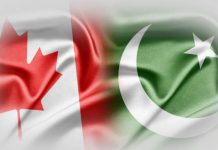
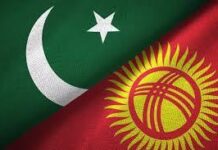
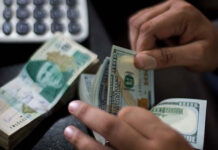
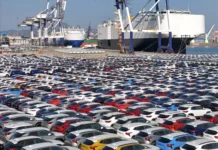

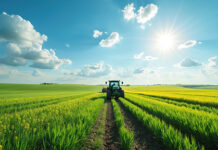


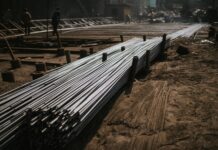








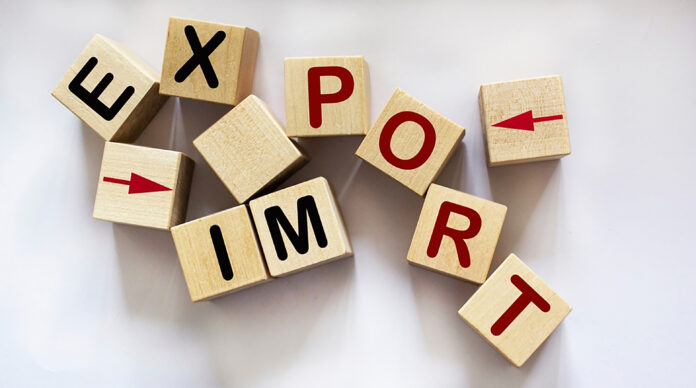





I’m truly impressed with your blog article, such extraordinary and valuable data you referenced here.
사설 카지노
j9korea.com